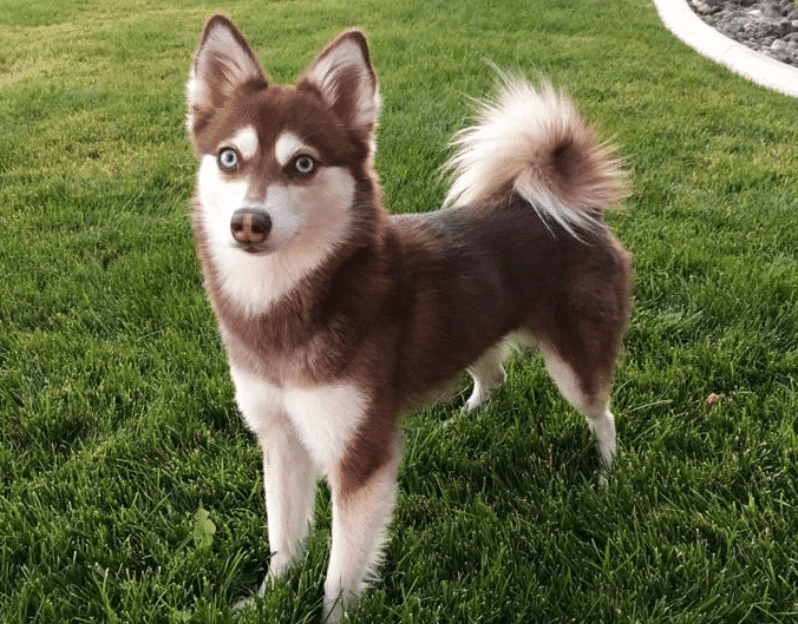Differences between Malamutes and the Huskies
Have you ever seen a Husky-like dog but couldn't tell if it was really a Siberian Husky?

You might have been looking at one of its cousins, like an Alaskan Malamute or an Alaskan Husky. These three dogs share a wolf-like appearance and a sled dog heritage. Their coat colors and facial markings tend to be the same and their fluffy tails, which they tuck over their noses for warmth, all curl up over the back. However, they each have characteristics that make them unique.
Alaskan Huskies are a type of dog rather than a breed. They can be a mix of the Malamute, Siberian Husky, German Shepherd, and other breeds. Alaskan Huskies have their own differences from Siberians. They tend to be taller and faster, making them unmatched among the Northern breeds when it comes to speed and endurance. Alaskan Huskies are highly prized in the world of dogsled racing.

Malamutes are, on average, larger than Huskies, both in height and weight. They are broad dogs built for strength, while Huskies are typically slimmer, shorter, and designed more for speed. Another giveaway is that Huskies can have different colored eyes, particularly the famous, mesmerizing blue shade. Malamutes, on the other hand, will only ever have brown eyes.
Although this distinction is more situational, you will notice that Huskies are overall more adaptable to warmer and more humid climates. Malamutes do not adapt well to higher temperatures, and some pet parents have even seen a change in behavior and health when a Malamute moves from a cold climate.
More Alaskan Breed Information

Alaskan Klee Kai
A recent addition to the Alaskan dog breed family, the Alaskan Klee Kai was developed around the 1970s. They were bred to embody the intelligence and arresting look of the Alaskan Malamute, but with the focus on creating a companion breed of significantly smaller stature.The Alaskan Klee Kai comes in three sizes that range from 5 to 22 pounds. These pups are sweet, energetic, and loving family dogs.
American Eskimo
American Eskimo Dogs come in three different sizes, the toy, miniature and the standard and look similar to the the Samoyed. They were originally bred to guard, but they are not an aggressive breed. Being very vocal and territorial, they make great watch dogs and companions. The American Eskimo is a great, fun pet for families with children of any age. Due to their size and reserved, yet playful behavior, these dogs play well with kids.

Samoyed
Samoyeds, the smiling sled dogs, were bred for hard work in the world's coldest locales and stand around 20 inches tall at the shoulders. The upturned corners of the mouth keep Sammies from drooling, preventing icicles from forming on the face. These are smart, social, mischievous dogs who demand love and attention. Samoyeds need a very firm but loving hand in training. As pack animals, they must learn early who the alpha dog is and the alpha dog must be you.

Greenland Dog
Aloof and very independent, the Greenland can be loving with an owner he bonds with. The breed remains principally a working dog. They are independent, self-willing, rowdy and boisterous in their play. This dog is not content to simply lie around the house all day long. Weighing around 70 pounds, the Greenland needs to work or have some kind of vigorous activity.

Seppala Siberian Sled Dog
A rare working dog breed, the Seppala Siberian Sleddog is a moderate-sized dog averaging 40-50 pounds. Seppalas are active and energetic but very docile and trainable. Although they appear to be rather small and lightly built for sleddogs, actually they are far more efficient pullers than some larger northern breeds. The defining characteristics of the breed are its natural, primitive appearance, its highly developed work ethic, and its affectionate, cooperative, and highly bonded nature. They tend to be more trainable than other sled dogs and to be more highly bonded to their owners.
